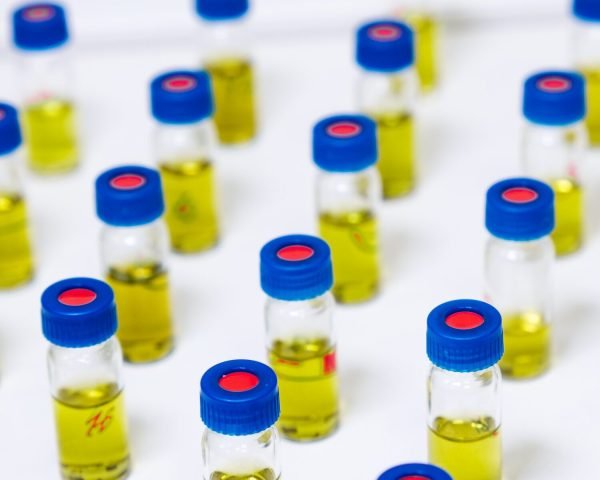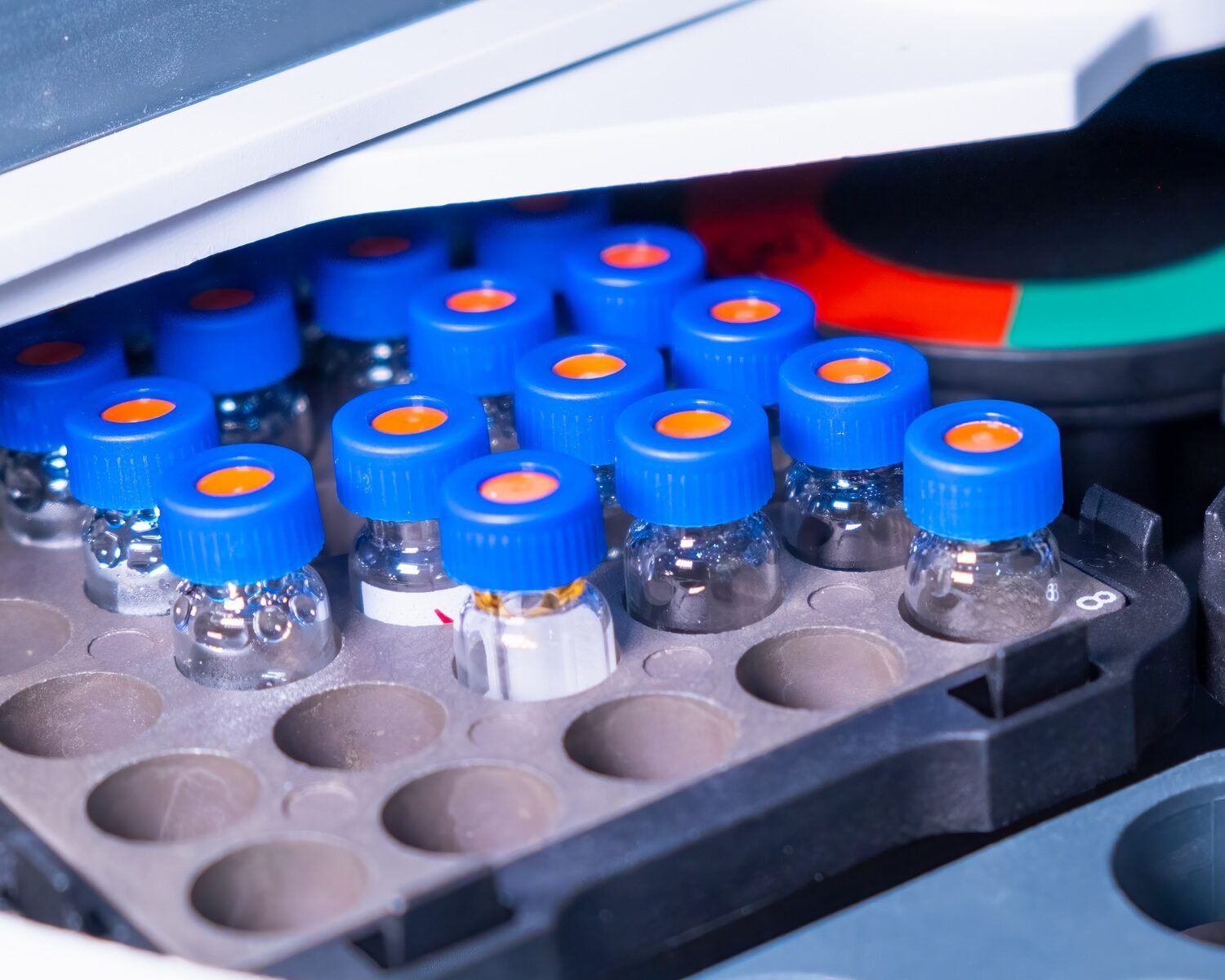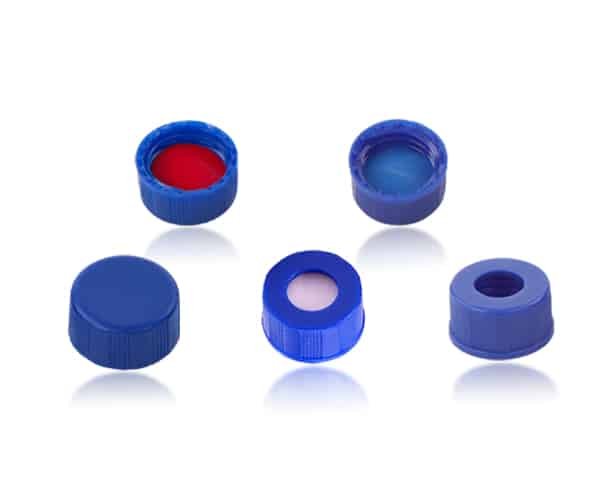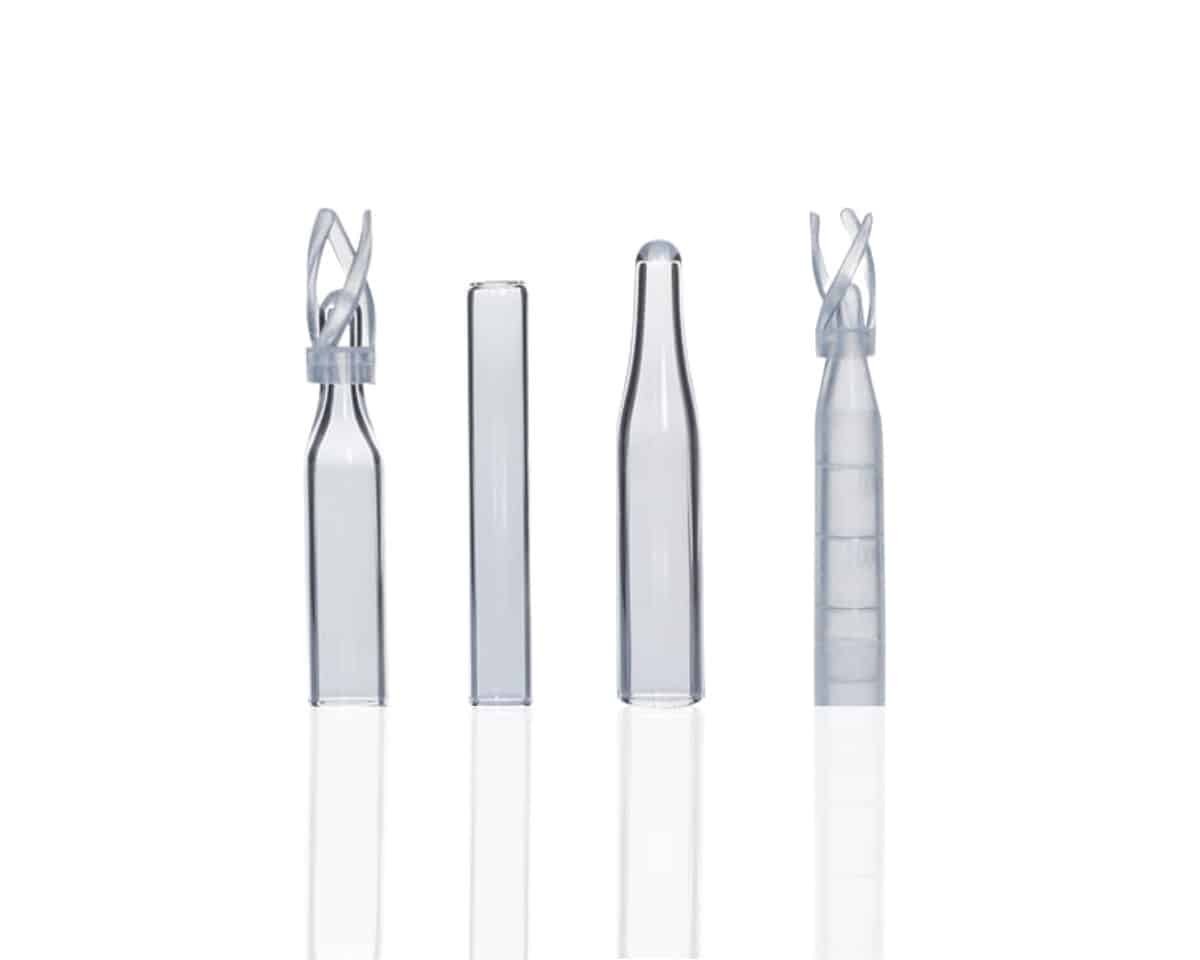Many people in chromatography get confused between silanized vials and deactivated vials because the terms are sometimes used interchangeably, but they are not exactly the same. Let me break it down clearly:

1. Silanized Vials
- Definition: Glass vials are treated with silanization, usually using dimethylchlorosilane or similar agents, to “cap” the reactive silanol (–Si–OH) groups on the glass surface.
- Purpose: Reduces unwanted interactions between the glass surface and analytes, especially polar, basic, or protein-based compounds.
- Best For:
- Basic compounds (amines) that might adsorb to silanol groups
- Peptides and proteins prone to surface binding
- Trace-level analysis where recovery is critical
👉 Think of silanization as “making the glass surface less sticky” for analytes.
2. Deactivated Vials
- Definition: A broader term—vials are treated with a special inert coating or chemical passivation process to “deactivate” reactive sites on the surface. This may include silanization, but could also mean other coatings (e.g., organic films, hydrophobic layers).
- Purpose: To provide a completely inert surface, reducing both adsorption and catalytic degradation of sensitive analytes.
- Best For:
- Extremely labile or reactive compounds (like aldehydes, esters, or sensitive pharmaceuticals)
- LC-MS applications where background noise and contamination must be minimized
- Very low concentration samples where even trace adsorption matters
👉 Deactivation is like “sealing the surface completely” to make it chemically inert.
3. Key Difference
| Feature | Silanized Vials | Deactivated Vials |
|---|---|---|
| Process | Silanol groups capped with silane | Broader chemical or coating treatment (may include silanization) |
| Focus | Reduces adsorption of polar/basic analytes | Minimizes all reactive sites for inertness |
| Best Use | Basic compounds, peptides, proteins | Reactive or ultra-trace compounds, LC-MS |
| Surface | Hydrophobic, reduced activity | Completely inert, may have organic or polymer layer |
4. How to Decide
- If your problem is poor recovery of amines, peptides, or proteins → use silanized vials.
- If your analytes are extremely reactive, unstable, or you’re running LC-MS at ultra-low levels → choose deactivated vials.
✅ In short:
- Silanized vials = surface treated to reduce adsorption of basic/polar compounds.
- Deactivated vials = fully inert surface, broader application, often higher cost.
Mastelf, with over 14 years of experience in chromatography vials since established in 2011, we can help you find the exact vials you need for your applications.

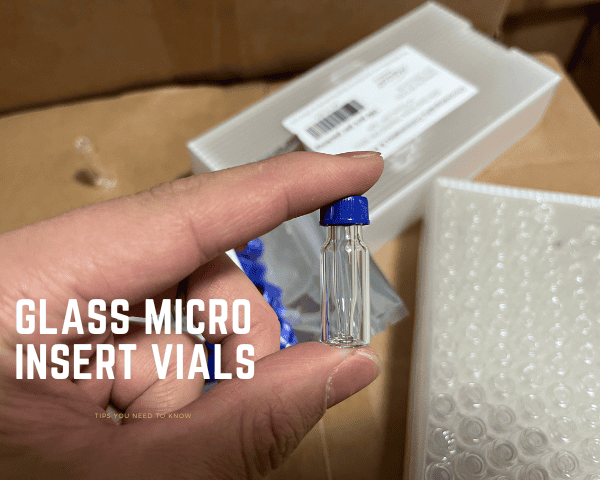
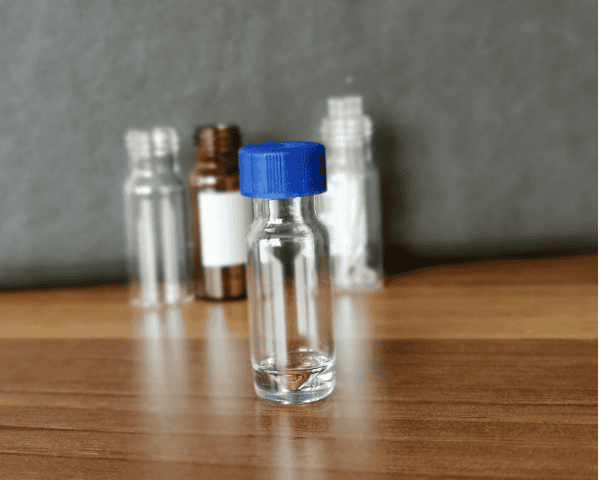
Our expertise ensures that you get reliable and precise products tailored to your specific requirements. Whether you’re in pharmaceuticals, research, or any other industry relying on HPLC, we understand your needs and are here to support you in making the right purchase.
Reach out to Mastelf, and let us assist you in procuring the perfect vials for your work.
FAQ: Silanized vs. Deactivated HPLC Vials
Q1: Are silanized and deactivated vials the same?
No. Silanized vials are specifically treated with silane reagents to block silanol groups on glass, while deactivated vials undergo a broader treatment (which may include silanization or polymer coating) to make the surface more inert overall.
Q2: When should I use silanized vials?
Use silanized vials when working with:
- Basic compounds (amines)
- Peptides and proteins prone to sticking
- Trace-level samples where adsorption reduces recovery
Q3: When should I choose deactivated vials instead?
Deactivated vials are recommended if your analytes are:
- Highly reactive or unstable (e.g., aldehydes, esters)
- Very low concentration trace compounds
- Being analyzed by LC-MS, where even small background signals matter
Q4: Do deactivated vials cost more than silanized vials?
Yes. Deactivated vials are usually more expensive, but they provide superior inertness, which may save time and improve reproducibility in sensitive analyses.
Q5: Can I reuse silanized or deactivated vials after cleaning?
Not recommended. The special surface treatment can be damaged during cleaning, reducing their effectiveness. For consistent results, use new vials for each critical analysis.
Q6: Will using the wrong vial type affect my results?
Yes. For example:
- Using untreated glass may cause adsorption and poor recovery.
- Using silanized vials for highly reactive analytes may still result in degradation.
- Using deactivated vials unnecessarily increases cost.

